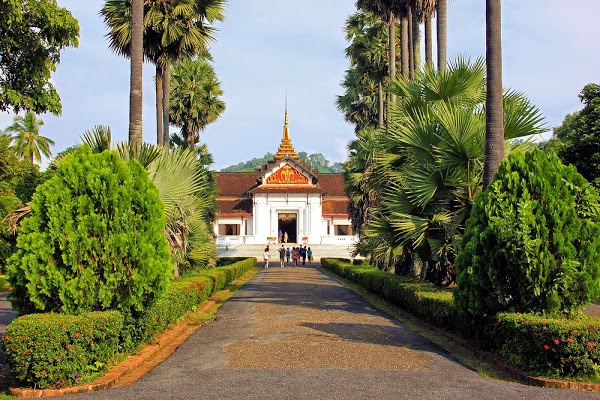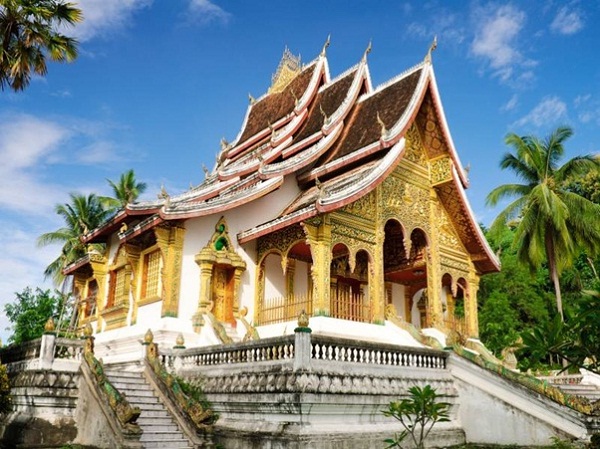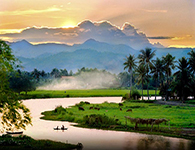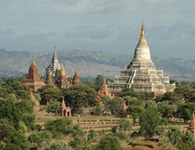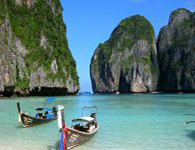Royal Palace Museum is situated in Luang Prabang (also known as Haw Kham), Laos which was the royal city and home to the world’s best silversmiths so it has the artistic ability to really do things well. Visiting here you can explore more Lao history and Lao’s royal. Royal Palace is constructed in 1904 for King Sisavang Vong whose statue stands outside and his family during the French colonial era with a blend of Lao traditional and French beaux-arts styles.
In the palace compound, there are several buildings including the Royal Barge Shelter, a conference hall, and Haw Pha Bang that houses the standing Buddha statue (called Prabang). In the pass the Prabang statue you can see many other religious artifacts housed in the palace, the front wing. Laos holidays
Inside the Royal Palace museum compound there is a building exhibiting a series of the royal cars. Most of them are American cars from the 1950s to 1970s. Behind the garages is another building which has a gallery for rotating exhibitions. Read more travel to Laos
The palace building can be divided into 3 main parts: the front wing, comprising of reception areas; the throne hall (in the middle); and the back wing that was once residential area.
The front wing
To the right of the entrance, the King’s reception room has, particularly, walls covered in light-suffused Gauginesque canvases of Lao life, painted in 1930 by French artist Alix de Fautereau. The room next to the right of the King’s reception hall displays a collection of the palace’s most prized art including a cast of the prized Pha Bang Buddha statue in gold, silver, and bronze. The Buddha statue shrouded in legend, reverence, and rumor that serves as the palladium of the Kingdom of Laos. Visit Luang Prabang tours
On the left of the entrance hall, the former secretary’s reception area houses gifts from different heads of state to the Lao monarchy. At the left of the secretary’s reception was the Queen’s reception room where now displays paintings of King Savang Vatthana, Queen Khamphoui and the crown Prince Vong Savang, along with the friendship flags from China and Vietnam, and replicas of sculpture from the National Museum in New Delhi.
The throne hall
The throne hall connects the reception wing with the residential wing where the royal family’s bedrooms and living quarter were. Its golden trimmed walls are painted deep red and encrusted with a feast of mosaic-work in Japanese colored mirror glass. Side galleries here display a collection of small Buddhas, some 16th century, which were recovered from destroyed or looted stupas.
The back Wing
The back Wing is the former royal family’s decidedly sober residential quarters, with some rooms preserved much as they were when the King departed in 1975. The room of children, nevertheless, displays gamelan-style musical instruments and a series of masks for Ramayana dance-dramas.
The Indochina Voyages team.
Read more:



